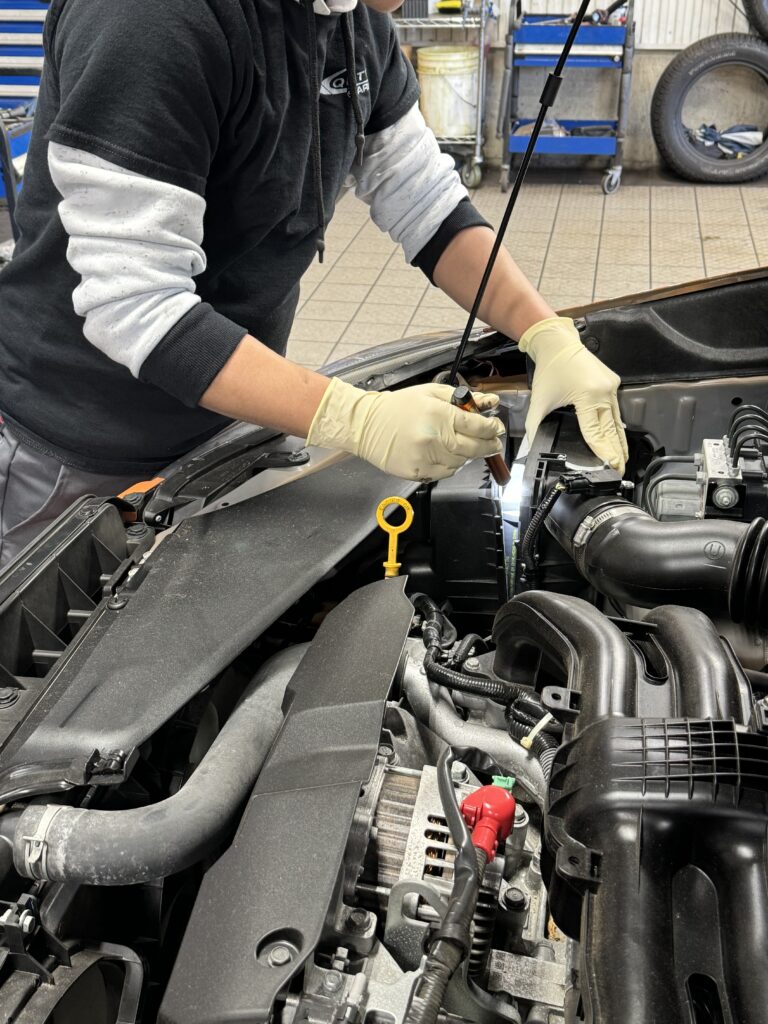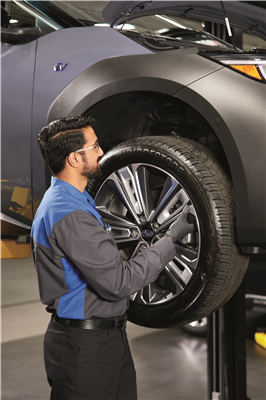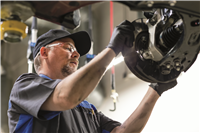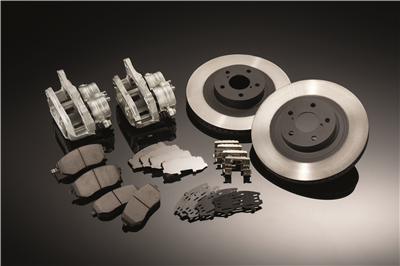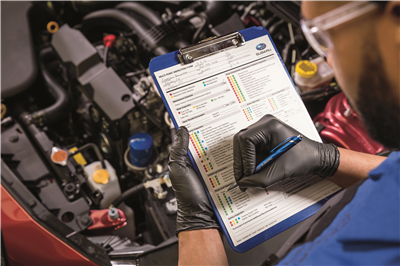As a Subaru owner in Connecticut, you know the importance of keeping your vehicle in top condition, especially when it comes to the cooling system. While regular maintenance at a trusted service center like Quality Subaru in Wallingford is crucial, there’s a simple DIY check you can perform to help ensure your cooling system is operating at its best.
The Importance of Keeping Your Subaru’s Cooling System Clear
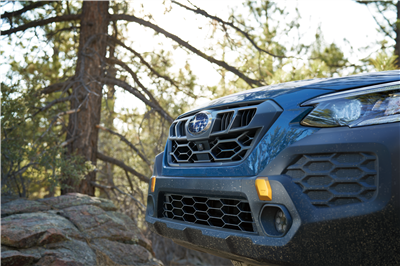
Buddy Blichfeldt, Service Manager at Quality Subaru, emphasizes the need to keep the engine bay clear of debris that could obstruct airflow and impair cooling efficiency. “I know, especially, you know, living in New England, we have the leaves that fall every year. And I think that’s a big one because, you know, you have all the areas where the vehicle is designed in the openings in the front of the vehicle to let airflow come through. A Subaru cooling system inspection is easy to do.”
Leaves, twigs, and other debris can accumulate in the grille area and lower bumper, potentially blocking the airflow needed to cool the radiator and other components effectively.
The Post-Winter Cooling System Check
After the harsh New England winter, it’s especially important to perform a thorough Subaru cooling system inspection. Blichfeldt advises, “Opening the hood to just look at your engine area because a lot of times you have mice and rodents that nest over the winter. And again, those are things you definitely don’t want because they’re going to nest in places that might be harming your cooling system or might even be getting into areas where they’re chewing at wires and they’re getting into your electrical system too.”
Rodent nests can not only obstruct airflow but also cause damage to cooling system components or electrical wiring, leading to potential issues down the line.
Step-by-Step DIY Subaru Cooling System Inspection
To ensure your Subaru’s cooling system is operating at peak efficiency, follow these simple steps:
- Park your Subaru on a level surface and allow the engine to cool completely.
- Open the hood and visually inspect the grille area, lower bumper, and engine bay for any debris buildup.
- Use a soft-bristle brush or compressed air to gently remove any leaves, twigs, or other debris from these areas.
- Carefully inspect for any signs of rodent nests or chewed wiring and remove any nesting materials you find.
- Check the radiator fins for any obstructions or damage, and gently brush away any debris.
- Ensure the radiator fan is clear and able to spin freely.
By performing this simple DIY Subaru cooling system inspection regularly, you can help prevent potential issues and ensure your Subaru’s cooling system is operating at its best.
The Importance of Professional Maintenance
While this DIY Subaru cooling system inspection is a valuable preventative measure, it’s important to remember that it’s no substitute for regular professional maintenance. Blichfeldt emphasizes, “The more you can bring your vehicle in to have our technicians constantly looking at it, you’re just doing yourself such a service because they’re able to identify a problem before it becomes something major, major, major. And at the proper service time/interval your vehicle will need a coolant flush service.”
Quality Subaru’s trained technicians have the expertise and specialized equipment to thoroughly inspect and service your Subaru’s cooling system, ensuring any potential issues are caught and addressed before they become major problems.
By combining this simple DIY cooling system inspection with regular professional maintenance at Quality Subaru in Wallingford, CT, you can help ensure your Subaru’s cooling system remains in top condition, providing reliable performance and peace of mind for years to come.
FAQ
How often should I perform this DIY cooling system inspection?
It’s recommended to perform this visual inspection at least once a season, with a more thorough check after the winter months when debris and rodent nesting activity are more likely.
What should I do if I find a rodent nest in my Subaru’s engine bay?
Carefully remove any nesting materials you find, being cautious of potential damage to wiring or cooling system components. It’s also a good idea to have your Subaru inspected by a professional technician to ensure no further issues.
Can debris buildup in the cooling system cause serious problems?
Yes, debris obstructing airflow can impair the cooling system’s ability to dissipate heat effectively, potentially leading to overheating and potential engine damage if left unchecked.
Is it safe to remove debris from the radiator fins myself?
While you can gently brush away any loose debris, it’s best to have a professional technician inspect and clean the radiator fins to avoid potential damage.
How can I prevent rodents from nesting in my Subaru’s engine bay?
Keeping your Subaru stored in a garage or using a vehicle cover can help deter rodents from nesting. Additionally, regularly inspecting and removing any nesting materials can discourage them from returning.



